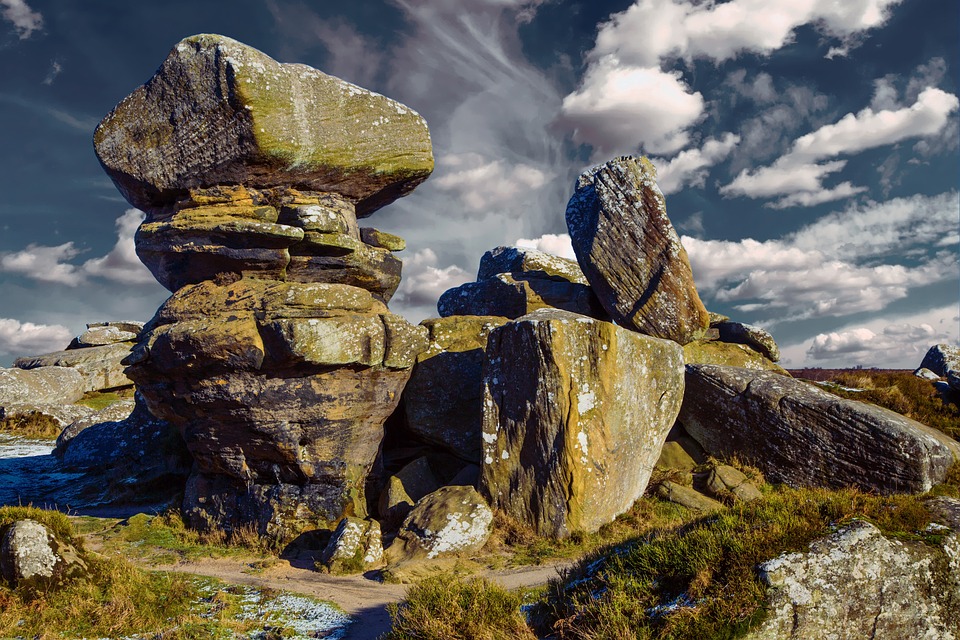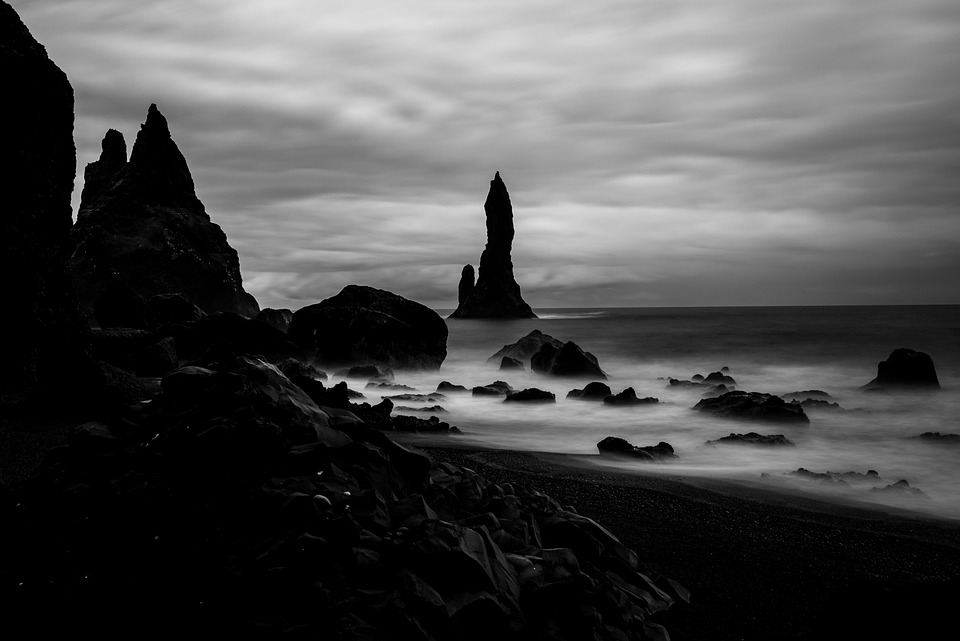Uncovering the Geological Significance: A Journey Through Time
Geology is the study of the Earth’s physical structure, composition, and processes that shape our planet. But have you ever wondered what lies beneath our feet? What secrets do the rocks and landforms hold? In this article, we’ll delve into the fascinating world of geological significance, exploring the hidden stories that reveal the Earth’s history.
The Building Blocks of Our Planet
Rocks are the foundation of our planet, and they’re more than just a pretty face. They’re a window into the past, holding the secrets of the Earth’s formation, evolution, and transformation. Rocks are classified into three main types: igneous, sedimentary, and metamorphic. Each type has its own unique characteristics, formed through different geological processes.
Igneous rocks are born from molten magma, cooled and solidified, while sedimentary rocks are formed from compressed sediments, such as sand, silt, and clay. Metamorphic rocks, on the other hand, are transformed from existing rocks under intense heat and pressure. These processes have shaped the Earth’s surface over millions of years, creating the diverse landscape we see today.
The Power of Plate Tectonics
Plate tectonics is the study of the movement of the Earth’s lithosphere, the outermost solid layer of the planet. The lithosphere is broken into several large plates that fit together like a jigsaw puzzle. These plates are in constant motion, sliding over the more fluid asthenosphere below.
As the plates move, they interact with each other, creating zones of extension, compression, and subduction. This process has shaped the Earth’s surface, forming mountains, volcanoes, and oceanic trenches. The movement of the plates also creates earthquakes, volcanic eruptions, and the formation of mineral deposits.
The Geological Record
The geological record is a treasure trove of information, holding the secrets of the Earth’s history. Fossils, rocks, and landforms all contain clues about the Earth’s past, from the formation of the first continents to the present day.
The geological record is divided into eons, eras, and periods, each representing a specific time in the Earth’s history. The oldest rocks date back to the Precambrian era, over 4.5 billion years ago. The most recent period is the Holocene, which began around 11,700 years ago.
Image: A geological timeline, showcasing the major events and periods in the Earth’s history.
Frequently Asked Questions
Q: What is the difference between geology and paleontology?
A: Geology is the study of the Earth’s physical structure, composition, and processes, while paleontology is the study of fossils and ancient life forms.
Q: What is the most common type of rock?
A: Sedimentary rocks are the most common type, making up about 75% of the Earth’s crust.
Q: How do plate tectonics affect the Earth’s surface?
A: Plate tectonics is responsible for the formation of mountains, volcanoes, and oceanic trenches, as well as earthquakes and volcanic eruptions.
Q: What is the oldest rock on Earth?
A: The oldest rock on Earth is the Acasta Gneiss, found in the Canadian Shield, dating back to around 4.5 billion years ago.
Q: What is the geological record?
A: The geological record is a collection of rocks, fossils, and landforms that contain clues about the Earth’s history, from the formation of the first continents to the present day.
In conclusion, the geological significance of our planet is a fascinating and complex topic, revealing the secrets of the Earth’s formation, evolution, and transformation. From the building blocks of rocks to the movement of plate tectonics, the geological record holds the key to understanding our planet’s history.



